Wear.ETH
We are witnessing a profound shift in how we value digital forms of identity.
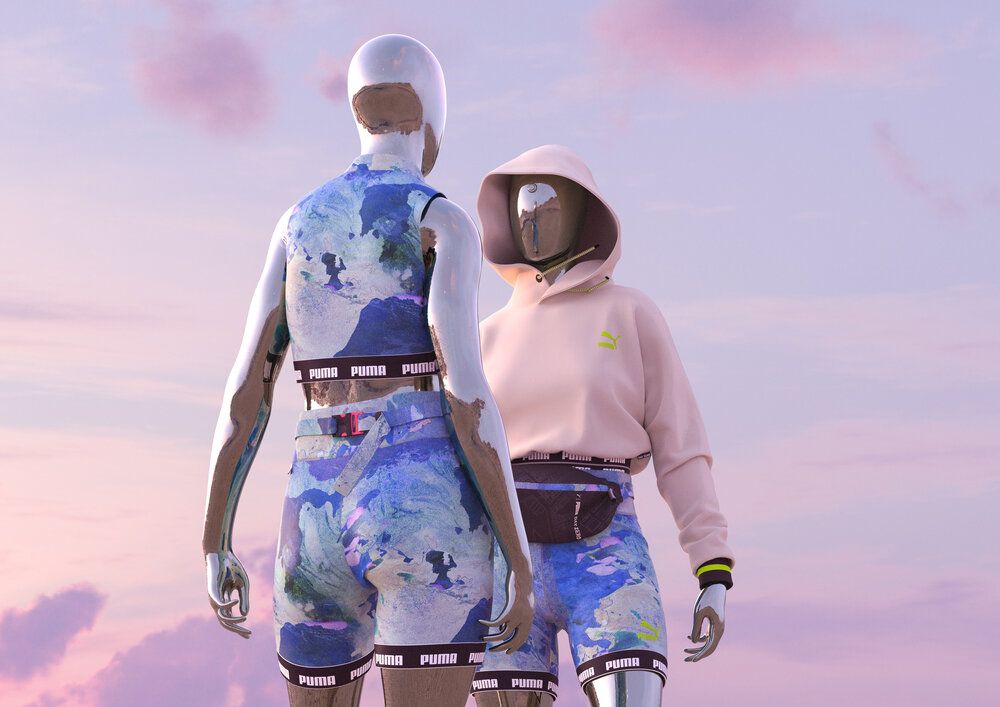
From this year’s first-ever AI Fashion Week and second iteration of the Metaverse Fashion Week in Decentraland, to Nike acquiring digital fashion studio RTKFT and dropping an Air Force 1 NFT collection with IRL twins, we are witnessing a shift towards valuing digital forms of identity as much as--and sometimes more than--we value our physical identity. Though it may come as little surprise after the screen-mediated Covid years, this includes how we look and dress in virtual spaces. Digital fashion is emerging as a crucial new means of identity formation and status signaling.
Daniella Loftus, creator and founder of This Outfit Does Not Exist, defines digital fashion as “any worn garment manufactured in the digital realm.” She segments this territory further into three categories.
- IRL “In Real Life:” Digital fashion that has physical counterparts, such as Gucci’s collab with Yuga Labs.
- ORL “On Real Life:” Digital clothes superimposed on images of real people online.
- URL “Un Real Life:” Skins and avatars within video games and virtual worlds such as Fortnite, Decentraland, and Roblox.
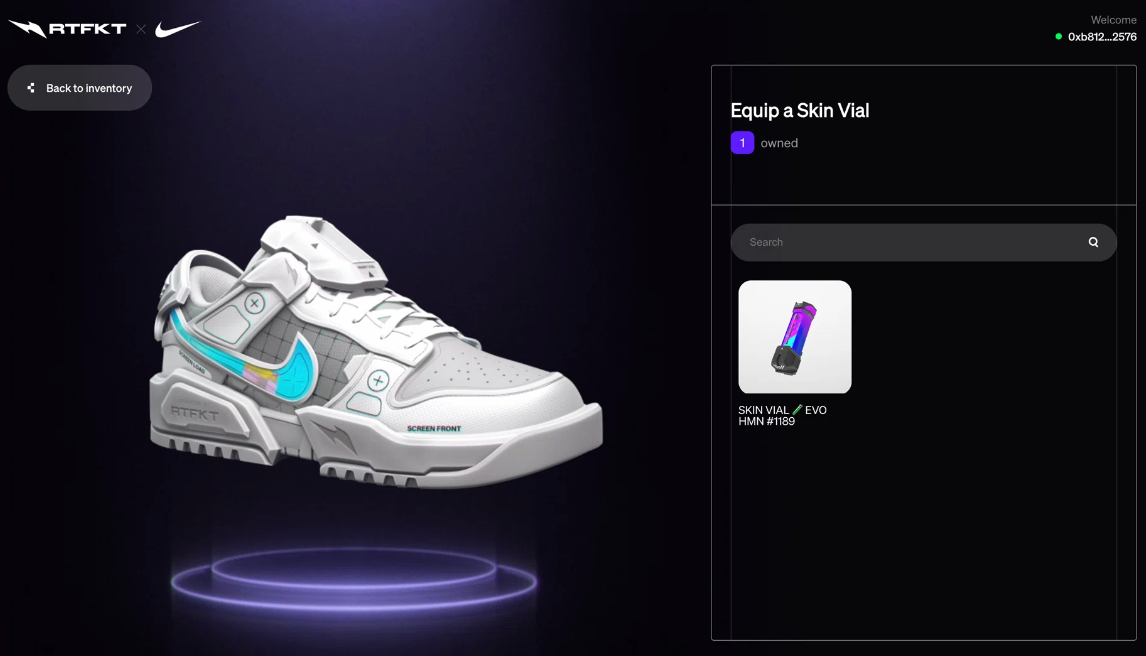
Not just for the digitally native and gamers, digital fashion is legitimized by traditional luxury fashion houses, with brands such as Louis Vuitton, YSL, Prada, Burberry, and Balmain releasing collections within virtual worlds or as NFTs. The first luxury brand to enter the space was Gucci in 2021, when their Aria film sold for $25,000. The same year, Dolce and Gabbana’s collaboration with UNXD sold for a whopping $5.7 million, and RTFKT, now owned by Nike, sold out an NFT sneaker collection in 7 minutes, generating $3.1 million in sales.
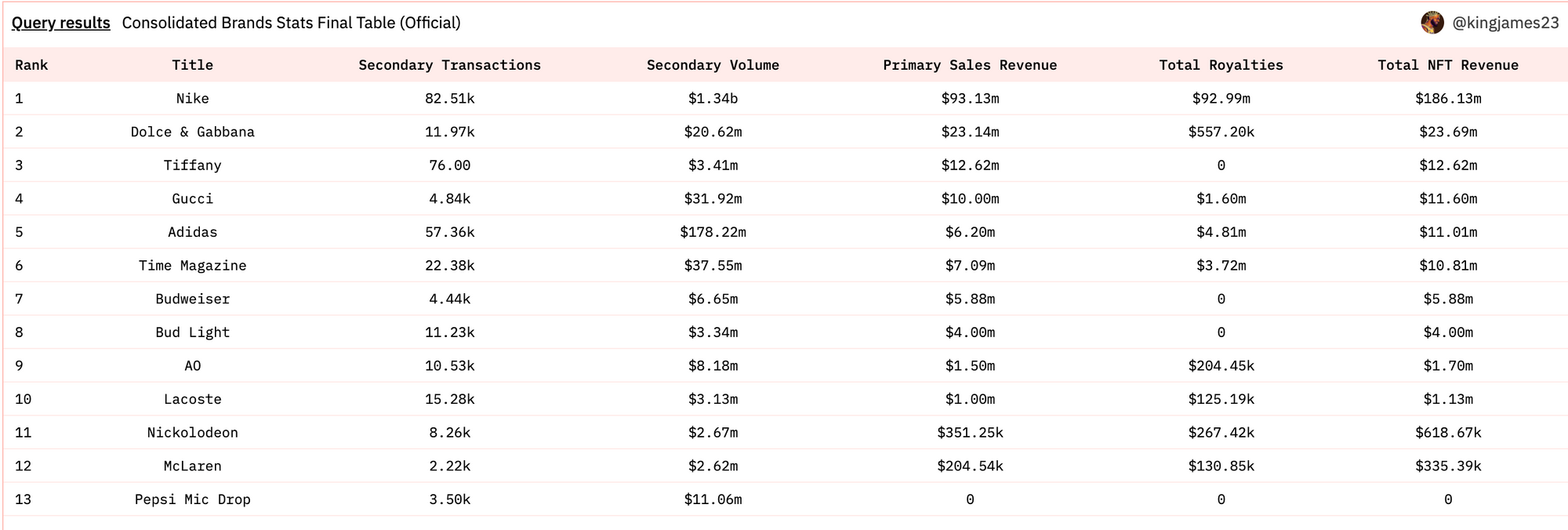
Since then, luxury fashion NFT collections have consistently generated high value: According to blockchain analytics platform Dune, Nike has garnered over $186 million in NFT sales alone, followed by Dolce and Gabbana at $23.69 million, and Tiffany at $12.62 million thus far.
Brands have even purchased virtual real estate within “metaverses” to open virtual stores. Gucci opened the Gucci Vault store in The Sandbox in order to display rare vintage items, and Gucci Town exclusively within Roblox: users can enter into competitions, discover more about the brand, and, of course, shop for virtual Gucci clothing for their Roblox avatars.

The creation of digital fashion is quickly accelerating. In 2022, over 11.5 million fashion creators designed over 62 million unique digital clothing items on Roblox. That’s 200 times as many designers existing within the virtual world as fashion designers creating IRL collections in the entire United States. Newly-launched SYKY Collective, created by digital fashion startup SYKY, promises a YC-like incubator for digital fashion designers with mentorship from top industry execs.
Digital fashion’s timeline has gone from paying for virtual garments to the potential to display ownership of a digital fashion object. Its intrinsic value comes not just from an item’s wearability but from true, durable ownership of it an as asset.
Digital Status & Default Culture
As the first digital natives, Gen Z (aged between 12 and 25) may be the driving force behind the adoption and acceptance of virtual fashion, as fashion was found to be the top spending category for Gen Z, even over video games and music. Comprising 25% of the world’s population with $360 billion in purchasing power in 2022, Gen Z has emerged as a key disruptive consumer. In the US alone, Gen Z possesses up to $143 billion in direct spending power and $600 billion in indirect purchasing power.
Gen Z are digital natives, prioritizing ways to express their creativity and experiment with identities in an increasingly digital world. They interact daily and form community as avatars, signaling status through the customization of virtual skins within video games and virtual worlds. And, some form greater attachment to their online identity, belongings, and communities within these games than to their physical ones. A Morning Consult survey of American Gen Z-ers found that they spend more time per week interacting with their peers via video games than in any physical spaces such as school or work.
Gen-Z dominated platforms like Roblox exemplify emerging trends towards digital ownership. While it may be erroneously dismissed as a mere game to the unknowing, Roblox boasts 60 million daily users and hosts billions of dollars in transactions on its platform each year. Over half of Gen Z players in the game stated they change their avatar’s clothing once a week or more, and 1 in 4 members surveyed stated they’ve spent up to $100 on a single piece of virtual clothing. One of the top designers on Roblox, a 17-year-old, built a multimillion dollar business from designing avatar hairstyles, selling over 40 million unique items on the platform. Gone are the days of $1 lemonade stands and babysitting: Gen Z are turning to digital spaces with limitless potential to create, share, and scale their own ideas.
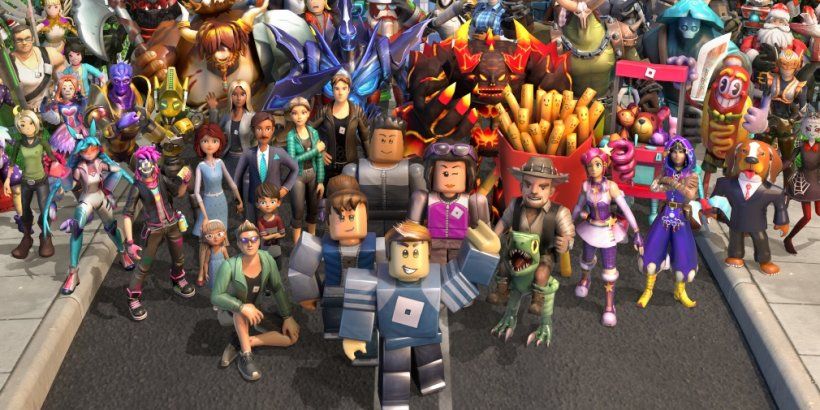
Their spending habits also convey this shift towards valuing virtual items over physical goods: a survey of Gen Z players on Aglet found that within the last month, 41% have purchased a virtual item, and 60% have designed and used an avatar. 40% of Gen Zs surveyed by Roblox stated that expressing themselves through fashion in the digital world is more important to them than expressing themselves IRL.
How you dress your online avatars is a key signal of identity for Gen Z: phenomena such as “default culture” has emerged where users are teased for using the default skins games like Fortnite give them, despite outfits having no impact on game performance. Rather, the ridicule stems from the appearance of unoriginal fashion choices, pointing to the rise of digital fashion as an important source of identity and status symbol for Gen Z.
This in-game focus on fashion is a foreshadowing of what is to come: a world in which everyone will have an avatar and digital self iteration that we dress to communicate our identity, who we are, and what we care about.
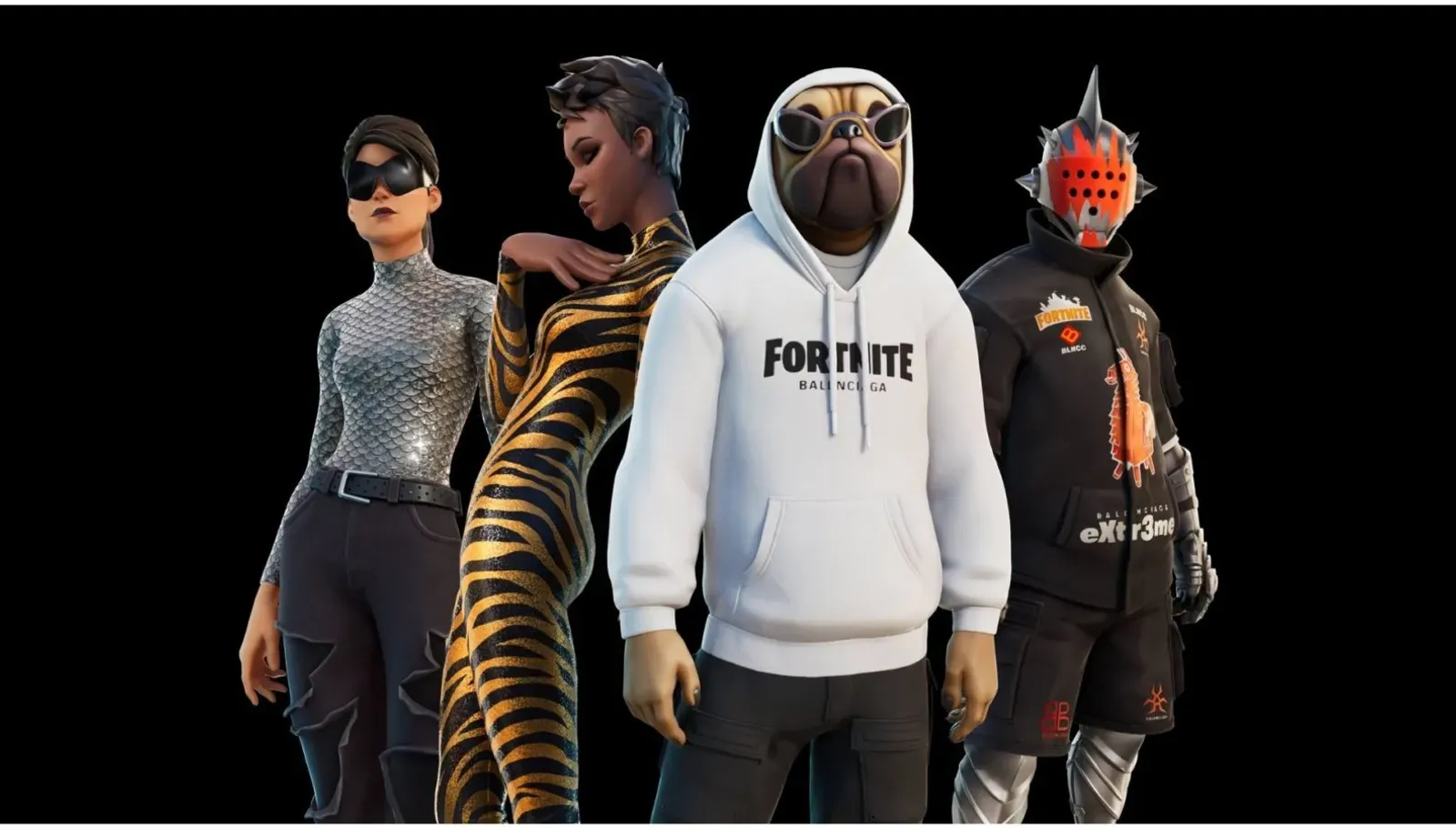
A Move Towards Ownership
With over 3 billion gamers worldwide, many of them with money to spend on virtual fashion for their avatars, digital fashion presents a key market opportunity. In 2021 Fortnite made $50 million from one set of skins, and the skins market as a whole was estimated to generate $40 billion in revenue that year. The rest of the digital fashion market, even excluding the mass-market opportunity in skins, is projected to reach $4.8 billion by 2031.
Yet, games like Fortnite and Roblox come with restrictions for trading and selling digital fashion. Current iterations do not allow users to wear skins outside the games themselves, and the value of skins are lost if the platforms go under. Furthermore, users are completely reliant on the platforms permission for trading within, often getting hit with heavy commission fees to transfer a skin to another player. It’s as if you walked into an Adidas store but could only wear your shoes within the store itself and were prohibited from selling them to someone else without Adidas’ permission and a hefty cut of the profits. And, if the platform disappears, your property disappears.
Enter NFTs.
Digital fashion NFTs improve upon the existing standard for digital goods by enabling durable digital ownership.
Digital ownership provides users with the same rights and access as physical owners, and with real interoperability. Digital fashion NFTs stored on the blockchain would grant users with proof of ownership, the ability to freely buy and sell, cross-platform durability and movability, stores of value as financial assets, and ever-changing utility. They offer much that physical fashion does — identity signaling, ownership, value — but with additional characteristics that only blockchain-enabled technology could grant. Of course, yes, you do still need actual clothes for your real-world needs.
The revolutionary aspects of blockchain technology presents digital objects as new stores of value that will equate and rival traditional stores of value such as gold and real estate. Digital art is already bought and sold near a valuation of physical art, with the most expensive NFT being sold for $90 million, equating to the price of a self-portrait of Vincent Van Gogh. Just as digital objects including onchain art can hold intrinsic value as much as physical art, so too does digital fashion present the potential to hold value on a level that rivals, or even exceeds, physical fashion.

As physical Hermes Birkin bags are proving to be better investments than the stock market and gold, fashion assets have emerged as an often overlooked store of value. Digital fashion provides a new horizon with the same rarity as physical fashion, but without the worry of wear and tear, questionable authenticity, and fungibility.
Digital non-fungible fashion can provide both the status and rights of physical fashion while eliminating provenance worries. As digital fashion objects exist entirely on the blockchain, it eliminates the complex authentication required to verify physical fashion goods, such as rare vintage items.
Furthermore, NFTs provide durability beyond a single platform: skins stored on the blockchain would allow players to wear their skin across multiple games, freely buy and sell, and not have to worry about the risk of losing their skin if the game went under. Buying a piece of clothing in a game would be akin to buying a piece of clothing in real life: your purchase reflects true ownership.
And players want the rights to avatar clothing. Of US gamers, 81% would like to earn money for their skins through skin trading, and 75% of those state they would be more likely to spend more on skins if they had real-life monetary value outside of the game.
Companies are emerging with just this future in mind. Cross-metaverse platform Ready Player Me is allowing users to move their avatars across over 7500 games, providing increased value for virtual clothing within virtual worlds. Digital fashion marketplace DRESSX currently supports JPEG fashion wearers can try on using an existing photo of themselves, but is moving towards blockchain-backed digital fashion you can wear AND own.
Fashion as Utility
Onchain ownership provides revolutionary potential for collecting digital goods, while the utility tied to digital objects enables multi-faceted uses and value creation opportunities for these objects that rivals those of their physical counterparts.
That’s why we at Lasso think the NFT primitive is such a meaningful part of the digital fashion movement, and why we see this user behavior as one of the harbingers of broader adoption of NFTs and other digital objects.
NFT utility, even as currently constituted, provides fashion brands with new ways to engage their consumers and drive consumer loyalty, long-term. We’re already seeing collections use fashion to provide both digital and real-world utility and proof of ownership to holders. Prada’s monthly Timecapsule collection drop comes with a free NFT with exclusive and changing utility such as access to Prada Crypted, Prada events, and a Discord community. Fashion designers Rebecca Minkoff and Karl Lagerfeld dropped NFTs with utility such as coveted Fashion Week passes and exclusive branded events in Paris.

NFC (Near Field Communication) tag-enabled clothing further bridges the gap between physical and digital, allowing customers to scan physical tags in their clothing for access to exclusive content from the brand. NFC tags present nearly limitless utility opportunities: access to community channels, exclusive invites, NFT drops, or any digital experience a brand could conjure, all located from a tiny tag sewn into the garment.
Brands and collections are using NFC tags and this concept of digital twinning to offer both physical and digital garments with utility: Gmoney’s brand 9dcc grants holders both a blockchain-based and physical version of any garment purchased, and Crypto Punks created an exclusive customizable denim jacket for NFT NYC where holders could get their Punk embroidered, with each jacket encasing a Uniqly tag so holders could mint an NFT of their jacket that would display proof of authenticity and ownership.
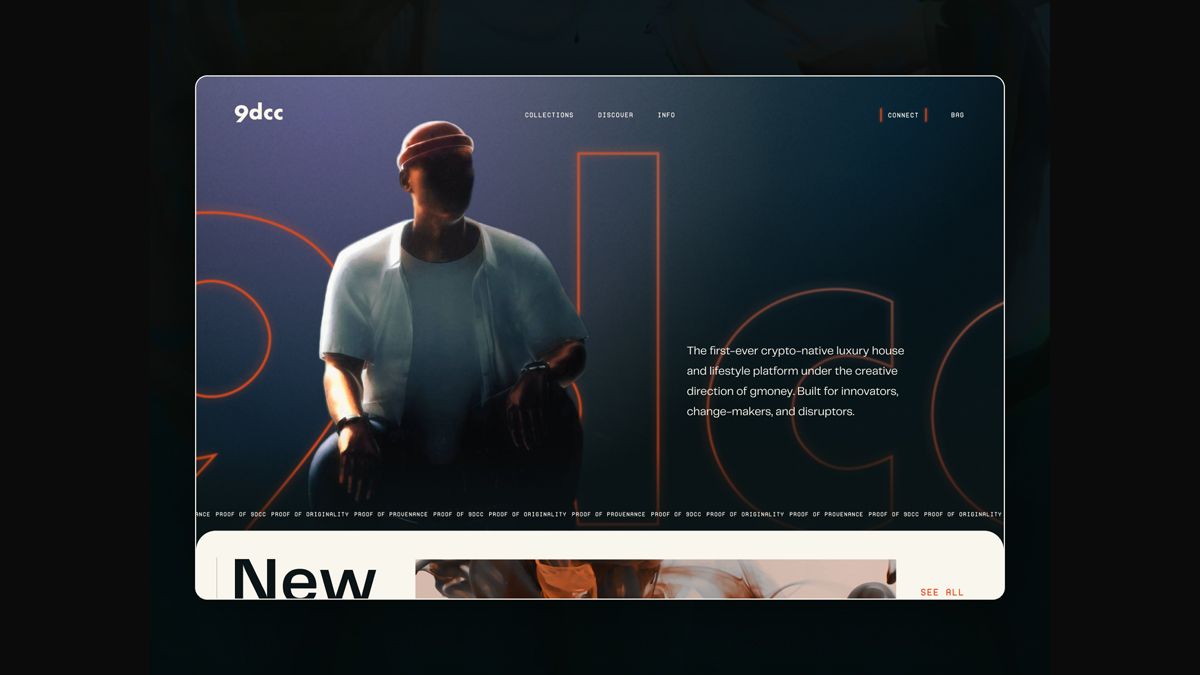
As long as we all continue to exist in physical spaces, digital fashion will never completely replace physical fashion. But, it can augment it and extend it in ways that are novel, creative, and highly valuable for all parties involved. In our increasingly virtual world, open, public blockchain technology is crucial to underpinning true digital ownership and usability.
We expect digital and physical experiences and objects to blend, as more notable brands in the physical world continue to use NFTs to create compelling experiences for their consumers. In so doing, these brands, and their customers, continue to perpetuate our vision of these digital objects as useful, everyday tools for their owners.

